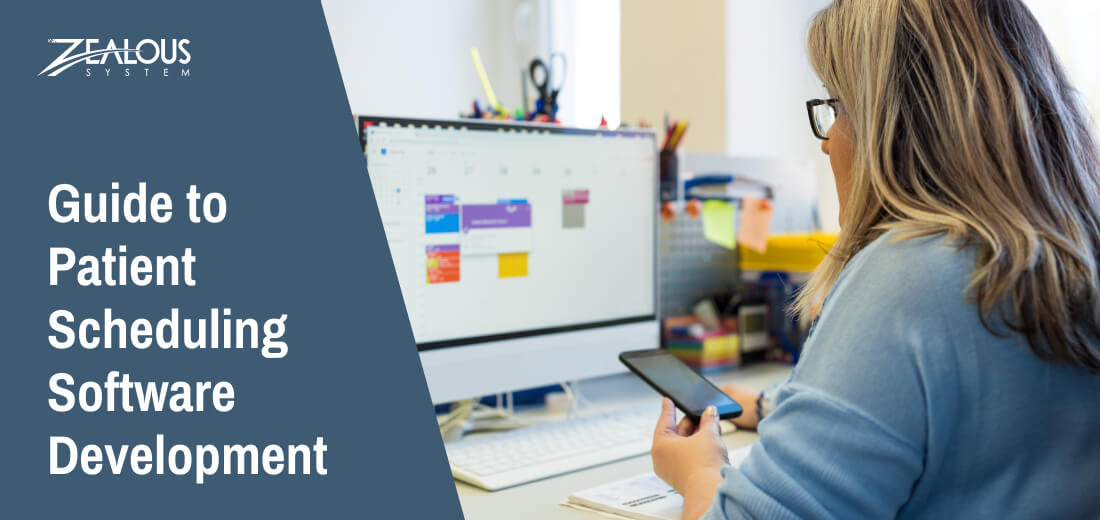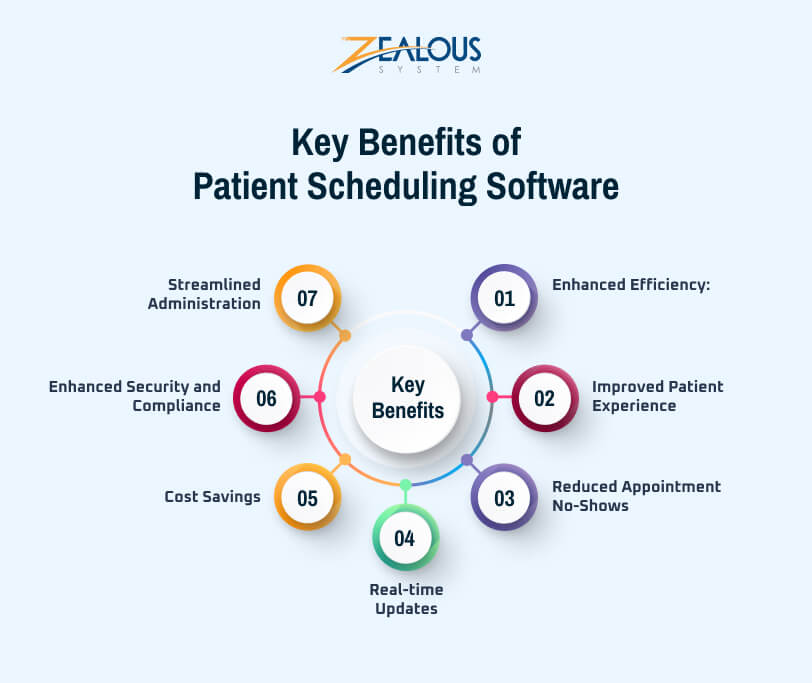
- Company
- Services
- UI/UX Design Services
- Microsoft Dynamics 365
- Mobile App Development
- AI Software Development
- Web App Development
- Generative AI Development
- Digital Product Development
- Enterprise Mobility
- SaaS Application Development
- Application Integration
- White-label WP Maintenance
- ERP Software Solutions
- Software Testing
- Offshore Development Center
- Let’s Connect
- Trending
- Technology
- Industry
- Build Your Team
- Our Work
- Company
- Services
- UI/UX Design Services
- Microsoft Dynamics 365
- Mobile App Development
- AI Software Development
- Web App Development
- Generative AI Development
- Digital Product Development
- Enterprise Mobility
- SaaS Application Development
- Application Integration
- White-label WP Maintenance
- ERP Software Solutions
- Software Testing
- Offshore Development Center
- Let’s Connect
- Trending
- Technology
- Industry
- Build Your Team
- Our Work
We use cookies and similar technologies that are necessary to operate the website. Additional cookies are used to perform analysis of website usage. please read our Privacy Policy
How to Develop Patient Scheduling Software in 2024?

For hospitals and clinics wanting to make things easy for patients, having good appointment scheduling software is really important. But what does it take to make this software, and what things should be focused on first?
In the rapidly growing healthcare industry, efficient patient scheduling is crucial for both medical facilities and patients. Long wait times and cumbersome appointment processes can lead to frustration and reduced patient satisfaction.
Patient scheduling software has emerged as a transformative solution, revolutionizing the way healthcare providers handle appointments, streamline operations, and enhance patient experiences.
In this blog, we will delve into the concept of patient scheduling software, explore its key features and benefits, discuss trending technologies in this domain, and outline the steps involved in developing effective patient scheduling software.
What is patient scheduling software?
Patient scheduling software is a digital platform designed to automate and simplify appointment management for both healthcare providers and patients. It acts as a central hub for scheduling, rescheduling, and canceling appointments, offering features like online booking, calendar integration, and automated reminders.
7 Key Features of patient scheduling software:
1. Online Appointment Booking:
Offering a patient-facing portal, the software enables individuals to schedule appointments online securely. Real-time availability updates prevent double-bookings, providing accuracy and convenience for both patients and healthcare providers.
2. Calendar integration:
The patient scheduling software seamlessly integrates with the existing calendars of healthcare providers, preventing double booking and ensuring a smooth scheduling process.
3. Automated reminders:
Uses patient scheduling software to send appointment reminders via email, text message, or phone calls, reducing no-shows and improving patient engagement.
4. Two-way communication:
Facilitates communication between patients and providers through secure messaging, enhancing pre- and post-appointment interaction in patient scheduling software.
5. Reporting and analytics:
You can generate reports on appointment trends, helping healthcare providers optimize scheduling practices and improve resource allocation.
6. Waitlist Management:
Patient scheduling software incorporates a waitlist feature, allowing patients to join queues for preferred time slots. Automated notifications promptly inform waitlisted individuals when an appointment becomes available, optimizing resource utilization.
7. HIPAA-Compliant Security:
Strict adherence to HIPAA standards ensures the confidentiality and security of patient data. Encryption measures and regular security audits are implemented to identify and address vulnerabilities.
Benefits of Patient Scheduling Software:
Patient scheduling software offers many benefits that significantly contribute to the efficiency of healthcare operations and the overall patient experience:
1. Enhanced Efficiency:
Streamlining the appointment process, patient scheduling software reduces administrative burden and manual work for healthcare staff, allowing them to focus on providing quality patient care.
2. Improved Patient Experience:
Patients benefit from convenient online appointment scheduling through patient scheduling apps, automated reminders, and reduced wait times, leading to a positive overall experience and increased patient satisfaction.
3. Reduced Appointment No-Shows:
Automated appointment reminders in patient scheduling software significantly reduce the likelihood of patient no-shows, minimizing gaps in the schedule and ensuring that healthcare providers can maximize their appointment slots.
4. Real-time Updates:
Real-time updates to the scheduling system in patient scheduling apps prevent conflicts, ensuring that healthcare providers and administrative staff have the most current information at their fingertips.
5. Cost Savings:
By reducing administrative tasks, minimizing no-shows, and optimizing resource allocation, patient scheduling software contributes to overall cost savings for healthcare organizations.
6. Enhanced Security and Compliance:
Patient scheduling software prioritizes security, following the strict compliance standards like HIPAA. This ensures the confidentiality and integrity of patient data, promoting trust and compliance with healthcare regulations.
7. Streamlined Administration:
Healthcare providers have enough on their plates without drowning in paperwork. Patient Scheduling Software streamlines administrative tasks, making it easier to manage appointments, update records, and focus on what matters most – patient care.
Trending Technologies for Patient Scheduling App Development:
a patient scheduling app is not immune to the influence of emerging trends and cutting-edge technologies. Here are some of the trending technologies shaping the future of patient scheduling app:
1. Artificial Intelligence (AI):
Integrating AI into patient scheduling applications brings about predictive analytics and intelligent automation. Machine learning algorithms can analyze historical data to predict appointment demand, optimize scheduling, and provide personalized suggestions for patients based on their preferences.
2. Chatbots and Virtual Assistants:
Chatbots and virtual assistants powered by AI are becoming increasingly common in patient scheduling apps. These chatbot apps assist patients in scheduling appointments, answer queries, and provide real-time information, enhancing the overall patient experience.
3. Blockchain Technology:
Blockchain ensures secure, tamper-proof storage of patient data. Patient scheduling application leveraging blockchain technology enhances data integrity, security, and interoperability, fostering trust among healthcare providers and patients.
4. Telehealth Integration:
With the rise of telehealth, patient scheduling application is integrating seamlessly with telemedicine platforms. This allows patients to schedule virtual appointments and ensures that healthcare providers can manage both in-person and virtual appointments within a unified system.
5. Mobile Health (mHealth) Solutions:
The extensive use of mobile devices has led to an increased focus on mHealth solutions in patient scheduling applications. healthcare mobile applications provide patients and healthcare providers with convenient, on-the-go access, real-time updates, and appointment reminders.
6. Internet of Things (IoT):
IoT devices are being integrated into patient scheduling applications to monitor and manage medical equipment and track the availability of resources in real-time. This connectivity enhances the efficiency of resource allocation and maintenance.
7 Step-by-Step Guide for Patient Scheduling Software Development:
Developing patient scheduling software requires a systematic approach to ensure its effectiveness, security, and user-friendliness. Here’s a step-by-step guide for patient scheduling software development:
1. Define Requirements:
Engage with healthcare professionals to define specific requirements for patient scheduling software, including key features, integrations, and compliance considerations like HIPAA regulations.
2. Design UI/UX:
You should start wireframes and prototypes to design an intuitive and user-friendly interface for patient scheduling software, prioritizing accessibility and mobile responsiveness.
3. Technology Selection for Patient Scheduling Software:
Choose suitable technologies, frameworks, and programming languages for patient scheduling software development, based on factors like scalability, security, and integration capabilities.
For instance, consider using popular web development frameworks like React or Angular for the frontend, Node.js or .NET for the backend, and employ databases like MongoDB or MS SQL.
4. Implement Security Measures:
Implement stringent security protocols in patient scheduling software to protect patient data and ensure HIPAA compliance, including encryption and regular security audits.
5. Integration with EHR:
Establish seamless integration with Electronic Health Records (EHR) systems in patient scheduling software to provide a comprehensive view of patient health records.
6. Develop Appointment Scheduling Logic:
Develop the logic for appointment scheduling in patient scheduling software, considering provider availability, appointment types, and duration, with real-time updates to prevent conflicts.
7. Testing and Deployment of Patient Scheduling Software:
Conduct through software testing for functionality, security, and usability in patient scheduling software. Roll out the software in phases to minimize disruption, providing comprehensive training and ongoing support for users during implementation.
Cost estimation for Patient Scheduling Software Development:
Developing patient scheduling software involves various factors impacting the overall cost. Here’s a breakdown to help you estimate the investment:
- Core Features (Low Complexity): Appointment scheduling, calendar management, patient information management (basic). These can be built for around $5,000 – $15,000 (MVP – minimum viable product stage).
- Additional Features (Medium Complexity): Online appointment booking, two-way communication tools (text/email), appointment reminders, patient intake forms. Expect costs to range from $15,000 – $30,000.
- Advanced Features (High Complexity): Integration with Electronic Health Records (EHR), secure patient portal functionalities, reporting & analytics dashboards. Development can reach $30,000+ depending on the level of customization.
Conclusion
Patient scheduling software is a important platform in modern healthcare, streamlining appointment management, improving patient experiences, and optimizing resource utilization. By incorporating key features, using trending technologies, and following a systematic development process, healthcare providers, with the assistance of a healthcare software development company, can enhance operational efficiency and deliver a higher standard of patient care. As the healthcare industry continues to evolve, patient scheduling software remains a vital component in ensuring accessible, efficient, and patient-centric healthcare services.
We are here
Our team is always eager to know what you are looking for. Drop them a Hi!
Pranjal Mehta
Pranjal Mehta is the Managing Director of Zealous System, a leading software solutions provider. Having 10+ years of experience and clientele across the globe, he is always curious to stay ahead in the market by inculcating latest technologies and trends in Zealous.
Table of Contents
×


Comments